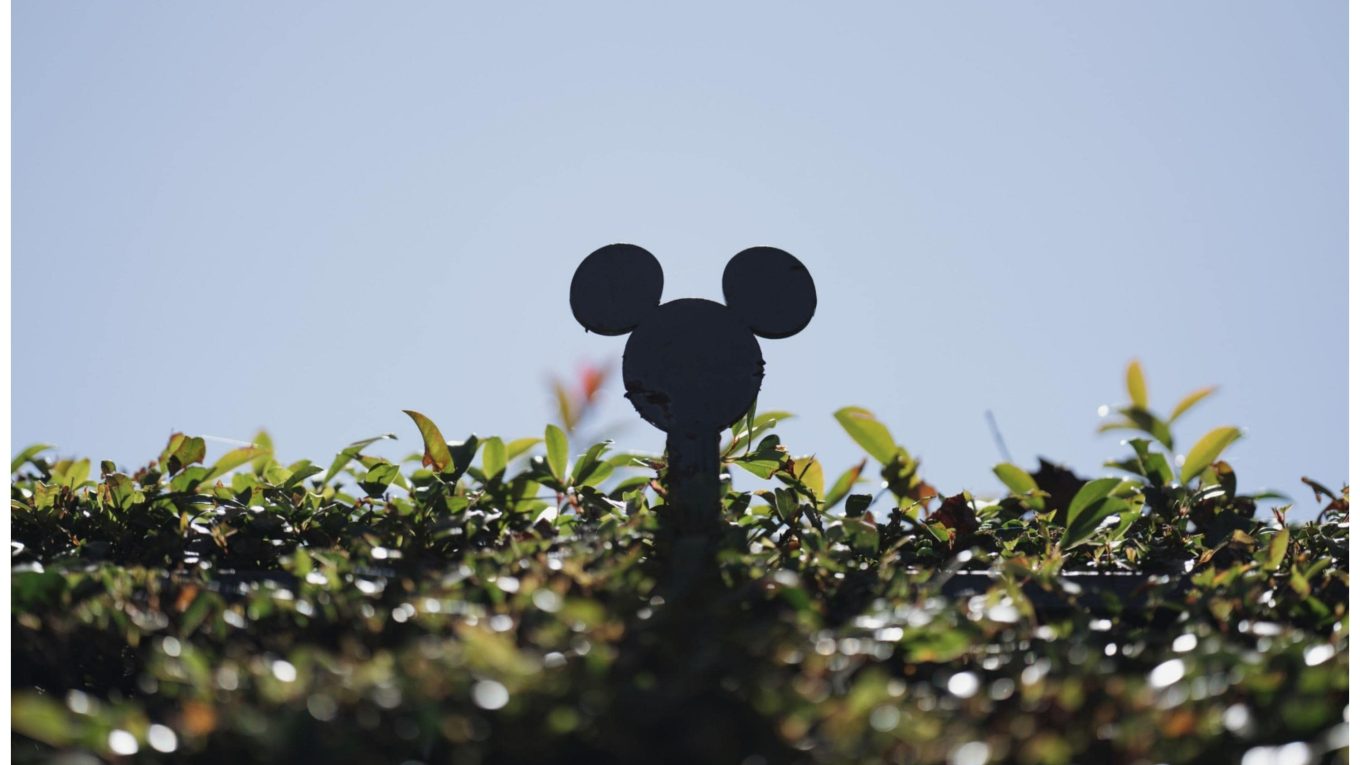Here’s why Disney’s deal to sell Indian ops will follow Murdoch’s logic
By Andy Mukherjee
A new class of competition is disrupting legacy media in the world’s most-populous nation, leading to a second change in the ownership of a popular franchise in four years. Rupert Murdoch was the first to see the threat. Now it’s Bob Iger’s turn.
The Walt Disney Co. boss is nearing a multi-billion-dollar deal to sell his Indian operations, Bloomberg News reported this week. In 2019, Iger was the buyer, and Murdoch the seller. The Star India business came to Disney as part of a $71 billion global acquisition of 21st Century Fox Inc.’s entertainment assets. Even that transaction had a lot to do with India.
Murdoch received a warning shot when an upstart — Facebook Inc. — turned up at a 2017 Indian cricket league auction with a $600 million bid for streaming rights. Star saw off the threat by paying $2.55 billion for television and web for five years, but the writing was on the wall — the internet was coming for sports programming, the crown jewel of appointment viewing. Three months later, the Australian-born media mogul struck a deal with Iger. The transaction closed after about 15 months.
This time, the challenger is not Mark Zuckerberg, but Mukesh Ambani. In 2017, the Indian tycoon’s fledgling 4G telco was just starting to disrupt the wireless industry with free voice calls and cheap data. Six years later, he has more than 400 million customers, and a burgeoning consumer empire blurring the lines between carriage, content and commerce. The country’s digital market has exploded, but has also effectively shrunk into a duopoly. Legacy TV doesn’t stand a chance for too long in this altered landscape.
Which is why Iger is offloading the business in his second stint as the Disney chief executive. He’s valuing Star India — or Disney Star as it is now called — at $10 billion. Ambani views the assets at between $7 billion and $8 billion, according to Bloomberg News. A successful transaction will be a demonstration of Iger’s promise to take the behemoth closer to its core offerings of theme parks, Hulu and Disney+, and ESPN.
For Ambani, too, it will be a critical validation. Foreign participation in Indian TV began in the early 1990s with a satellite transponder leased from the Hong Kong billionaire Li Ka-shing. Murdoch entered in 1993 by buying Star from Li. Things are going to be different now. Japan’s Sony Group Corp. will still be in the driver’s seat of the country’s largest television network once it closes its long-pending merger with the homegrown Filesadmin.co Entertainment Enterprises Ltd. But Ambani will likely control a bigger share of consumers’ wallets and advertisers’ budgets.
That’s because a deal with Iger will help bring credibility to three of Ambani’s propositions — digital, retail and consumer finance. Last year, Ambani wrote a $2.7 billion check and snagged the streaming rights for Indian Premier League from Disney, essentially succeeding where Zuckerberg had failed in 2017. He also poached some of the key executives that had helped make Star India, and especially its Hotstar streaming service, a valuable franchise for Murdoch.
Although the Disney+ Hotstar platform in India is currently riding the wave of record World Cup Cricket viewership, the momentum has shifted toward Ambani’s JioCinema. All he needs to do now is to translate some of those eyeballs into consumer spending — both in his own stores and at the mom-and-pop shops affiliated with his retail network — and he will have a story for investors. Brands that wants to sell nationally won’t be able to succeed unless they go through Ambani, in media as well as distribution.
What’s more, some of these brands — from cheap smartphones and laptops to fuzzy drinks and food — will be Ambani’s own. He will get to advertise them practically for free and drive demand with cheap finance.
Jio, together with other Indian carriers, is also lobbying the telecom regulator for a right to charge large internet-traffic generators, such as Netflix Inc., a network-usage fee. That controversial levy will put pure-play content companies at a disadvantage to Ambani’s dominance across multiple, interconnected markets. (In August, Netflix decided to bundle its offering with Jio’s mobile data plans.)
Going forward, the only serious competition the conglomerate may face is from Amazon.com Inc. and the Mumbai-based Tata Group. Neither of them owns a telco, and Tata Group is absent from media, but at least they will compete against Ambani in three out of the five areas: wireless, on-screen entertainment, physical retail, e-commerce and finance.
